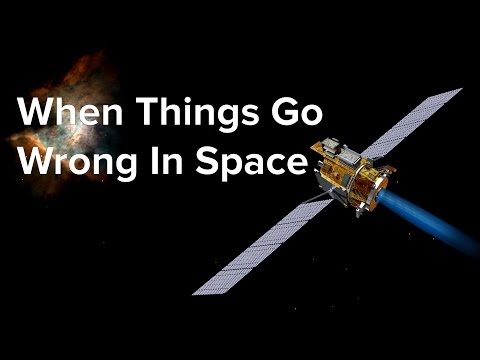Description:
Explore the challenges and solutions of space exploration in this 59-minute talk by Steve Collins at the 2016 Hackaday Superconference. Delve into NASA's approach to planning for potential issues in space missions, including hardware redundancy, complexity management, and rigorous testing procedures. Learn about real-world examples of spacecraft anomalies and the innovative problem-solving techniques employed by NASA engineers. Discover how teams handle unexpected situations, from antenna malfunctions to star tracker failures, and gain insights into the resilience and ingenuity required for successful space missions. Examine specific case studies, including the Spirit rover's high gain antenna anomaly, Deep Space One's star tracker failure, and Curiosity's RCE anomaly, to understand the critical thinking and adaptability needed when things go wrong in space.

Steve Collins - When Things Go Wrong in Space
Add to list